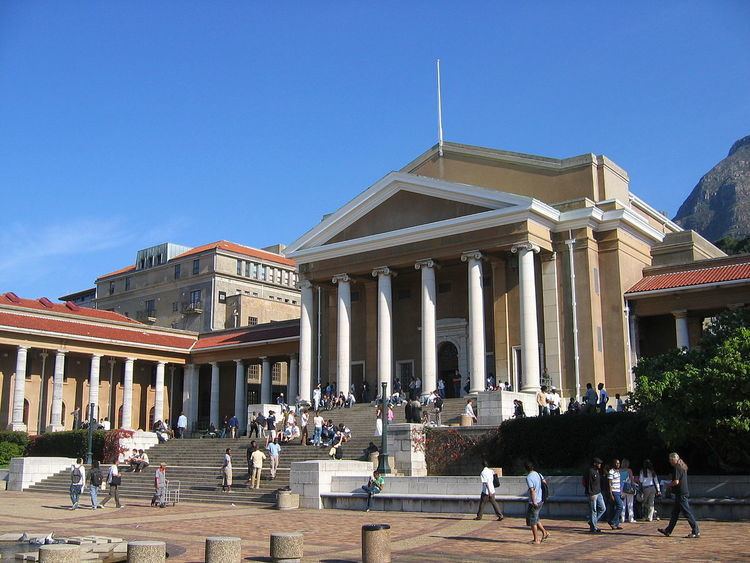Established 1991 (1991) Founded 1991 | Website adu.org.za/about.php | |
 | ||
Director Emeritus Professor Les Underhill Motto To contribute to the understanding of animal populations, especially population dynamics, and thus provide input to their conservation. | ||
Animal demography unit adu movie monday 10 10 2016 hadeda ibis
The Animal Demography Unit (ADU) is a formally recognized research unit of the University of Cape Town (UCT) located within the Department of Biological Sciences of UCT. (The Department of Biological Sciences was formed from the merger of the Department of Botany and the Department of Zoology at the start of the 2013 academic year). The Animal Demography Unit, popularly known as the ADU, was responsible for the management of the First and Second Southern African Bird Atlas Projects SABAP1 and SABAP2.
Contents
- Animal demography unit adu movie monday 10 10 2016 hadeda ibis
- History
- Research Projects
- Values
- References
History
The Animal Demography Unit (formerly the Avian Demography Unit), or ADU as it is mostly known in the vernacular, is a research unit of the University of Cape Town. Initially it was built on the nucleus of the South African Bird Ringing Unit (SAFRING) and the Southern African Bird Atlas Project (SABAP). The ADU was established in December 1991 within the Department of Statistical Sciences at the University of Cape Town. Over the years, the ADU has grown far beyond its starting point.
The concept on which the ADU is based can be traced back to 1983, when a workshop was held in Johannesburg on the establishment of a Bird Populations Data Bank for South Africa. This workshop was held in conjunction with a "Birds and Man" symposium which had been organised by the Southern African Ornithological Society (now BirdLife South Africa).
The ADU has continued to be closely associated with BirdLife South Africa. and has a formal partnership relationship with that organization, with the objective of fostering the development of further ornithological projects. This close association is appropriate because much of the research of the ADU continues to focus on large scale demographic studies in which participation by amateurs is a vital element.
Over the past years, the ADU has expanded the range of projects for which it is responsible. This website provides information on them, and the people who undertake them.
Research Projects
As of the end of 2015, research programs and initiatives included:
Values
Informing, influencing and motivating policy development based on solid/sound quantitative/scientific evidence through our combined commitment to long-term monitoring
Nurturing partnerships with people, organizations and governments on the African continent for the sake of biodiversity conservation and mutual growth
Enabling people to play a meaningful and living role in the science conversation by transforming Citizen Scientists into “ambassadors for biodiversity”
Adopting an “Open Access” data sharing paradigm that maximizes the benefit derived from data collectively gathered, thus, advancing interdisciplinary scholarly research and informing conservation needs
Continuing the pioneering work that has made us leaders in Citizen Science
Providing training and research opportunities to the next generation of scientists, leaders and environmentalists
